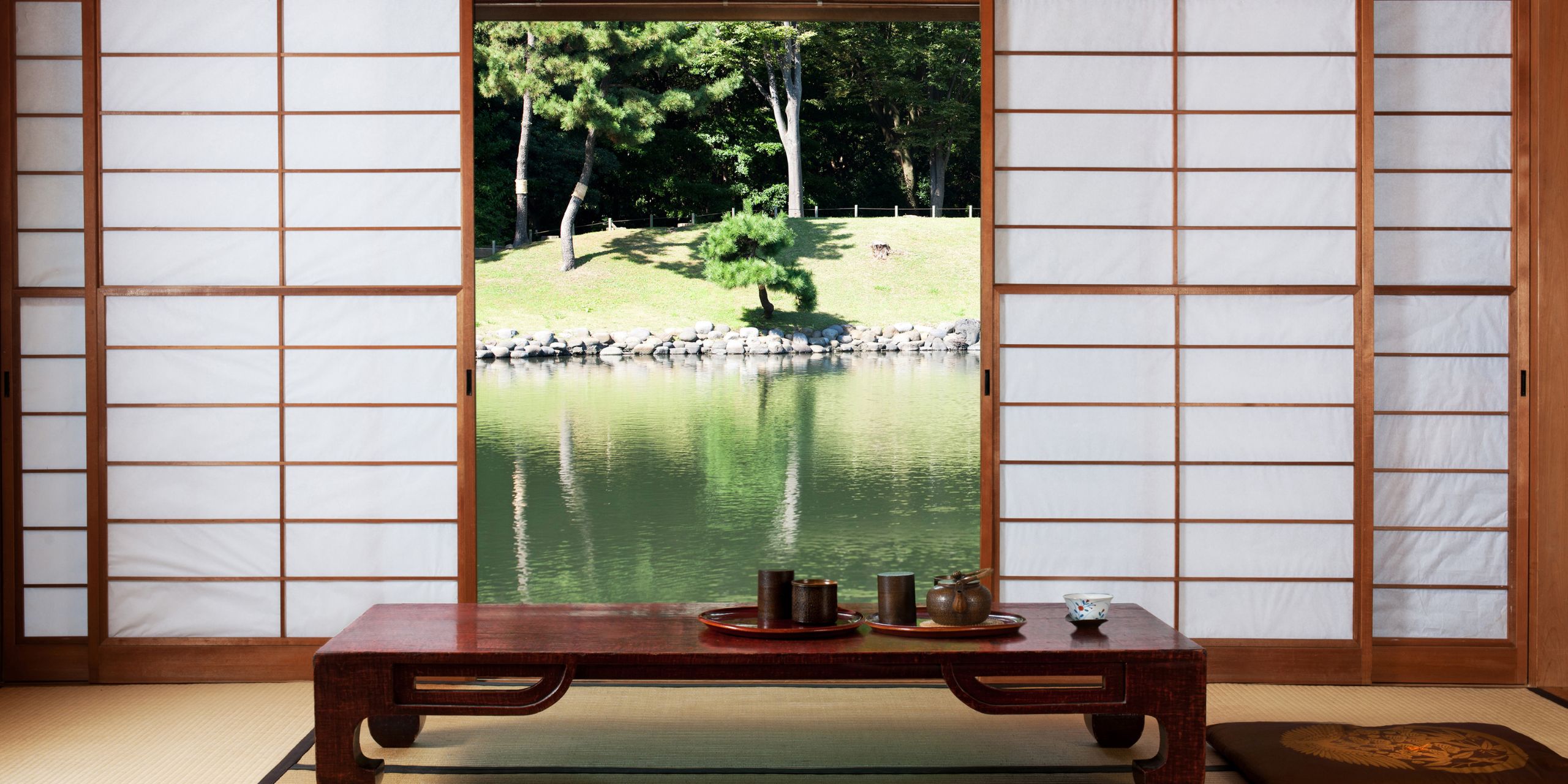Traveling the world is a great way to discover new people and places, but it can also serve as an inspiration for your home. Bringing souvenirs from your travels home can give your living space style and flair and allow you to recall your favorite moments each day. We’ll look at some of the most popular design concepts in this post that will help you renovate your home and create a distinctive and varied ambiance.
Moroccan Riads: An oasis in the courtyard
Traditional Moroccan residences with central courtyards known as riads are a monument to the nation’s rich architectural history. A riad’s architecture places a strong emphasis on seclusion, calmness, and the seamless fusion of interior and outdoor areas. Consider building a courtyard or garden area in the middle of your living room to apply this idea to your house. To create a tranquil oasis, fill the area with lush vegetation, water features, and plush furniture.
Incorporating Moroccan design into your house can be done by using patterned tiles, cushions, and textiles. Moroccan style also includes a variety of exquisite tilework known as zellige and vibrant hues. If you want to give your room a sense of grandeur, think about utilizing rich jewel tones like emerald, sapphire, and ruby, which are popular in Moroccan design.
Be a fan of simplicity and Japanese minimalism.
The simplicity, clean lines, and use of organic materials that characterize Japanese design are frequently used descriptors. Consider embracing the idea of “less is more” to bring this look into your home. Strive to create a calming and clutter-free environment, and prioritize quality over quantity.
In Japanese design, natural components like wood, bamboo, and stone are crucial. Include these materials in your flooring, furniture, and accent pieces. Consider adding sliding shoji screens to divide rooms as well, as they not only offer privacy but also a nod to conventional Japanese design.

Hygge in Scandinavia: Cozy Comfort
Hygge is a design philosophy with Danish roots that emphasizes creating a cozy, comfortable environment. Use a warm, earthy color scheme with neutral hues in your home to achieve this. To add a sense of coziness and warmth to your environment, layer soft materials like cushions, throws, and blankets throughout.
The use of natural light is highly regarded in Scandinavian architecture. Utilize large windows and light-filtering curtains to increase the amount of light in your room. To create a cozy and welcoming atmosphere, combine ambient, task, and accent lights in your lighting design. Incorporate organic components like wood, plants, and woven materials to bring the outdoors inside and forge a bond with the natural world.
Bold Colors and Patterns: The Vibrancy of India
The use of vivid colors, elaborate patterns, and luxurious textures are hallmarks of Indian design. Don’t be afraid to mix and match various colors and patterns in your home to achieve this look. Choose vibrant colors like turquoise, magenta, and saffron and pair them with the elaborate designs found in traditional Indian textiles.
Look for original artwork, carved wooden furniture, brass or copper accents, and handcrafted items because Indian décor frequently includes handcrafted items to give your room personality. To create a warm, welcoming ambience reminiscent of traditional Indian houses, think about including floor seats and small tables.
Mediterranean Appeal: Elegant Rustic
Mediterranean architecture incorporates aspects from Spain, Italy, and Greece and is distinguished by a connection to nature and a rustic elegance. Use warm terra cotta, olive green, and azure blue as part of a color scheme that draws inspiration from the Mediterranean region to achieve this look in your house.
Key components of Mediterranean architecture include stucco, terracotta tiles, and exposed wooden beams. To create an authentic sense, incorporate these into your walls, floors, and ceilings. To further reflect the rustic beauty of the area, think about using wrought iron details in the shape of railings, light fixtures, and furniture.
Outdoor areas for leisure and relaxation are common in Mediterranean residences. Design a patio or terrace with cozy chairs, a pergola for shade, and lots of potted plants to create a lush, inviting ambiance to serve as your own Mediterranean-inspired getaway.
A Blend of Cultures: Bohemian Eclecticism
Personal expression, inventiveness, and the fusion of diverse styles and civilizations are the cornerstones of bohemian design. For people who enjoy collecting one-of-a-kind items from their trips and showcasing them in their homes, this design strategy is ideal.
Start with a neutral background and layer on a variety of colorful colors, patterns, and textures to create a bohemian-inspired atmosphere. Don’t be afraid to mix components from many cultures, such as a Moroccan rug, textiles with an Indian influence, and artwork with an African influence. The secret to pulling off a unified bohemian style is to balance the different components so that no one thing takes over the room.
To establish a connection with nature, use plenty of plants and natural materials like wood, rattan, and wicker in your furniture. Create quaint nooks and seating areas as a final step to promote relaxation and conversation.
Mexican Hacienda: Vibrant and Earthy Mexican hacienda-style homes are renowned for their use of natural materials and rich textures. Start by choosing a color scheme that is reminiscent of the vivid tones used in traditional Mexican art, such as cobalt blue, mustard yellow, and deep red, to bring this look into your house.

Handmade tiles, exposed wood beams, and rustic wooden furniture are frequent elements in Mexican design. Use these components to give your house a genuine hacienda vibe. To bring warmth and individuality to your area, use colorful fabrics like blankets, cushions, and rugs.
To complete the aesthetic, don’t forget to add authentic Mexican elements like Talavera ceramics, folk art, and wrought iron light fixtures.
Conclusion
Travel may be a wonderful source of interior design inspiration, allowing you to make a house that represents your global experiences and memories. You can design a distinctive and individualized home that genuinely reflects your global travel by fusing aspects from various cultures and styles. The possibilities are unlimited when it comes to updating your house with international influence, whether you choose to embrace the minimalist approach of Japanese design, the vibrant hues of Indian interiors, or the rustic appeal of Mediterranean homes.
